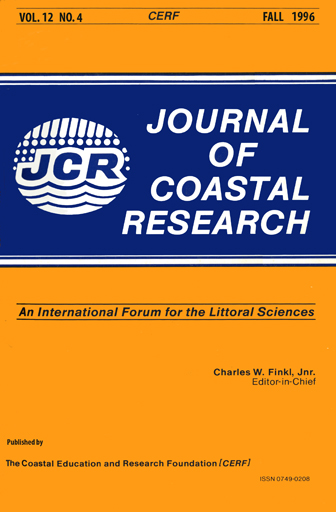Morphological Changes on Russian Coasts under Rapid Sea-Level Changes: Examples from the Holocene History and Implications for the Future
Keywords:
Depositional coasts, coastal responses, Bruun Rule, rate of sea-level rise, sediment supply, White Sea, Sea of JapanAbstract
Examples from the depositional sand coasts of the White Sea and the Sea of Japan provide valuable information regarding the importance of sediment budget and the direction and rates of sea-level change for patterns of coastal evolution. These examples demonstrate a limited applicability of the Bruun Rule and its modifications to the prediction of shoreline movement under the sea-level change. A moderate underwater coastal slope and an excessive or insufficient sediment supply may result in the prevalence of deposition during sea-level rise and erosion during its fall. In general, the faster sea-level rise, the higher the possibility of burial, drowning, or destruction of the coastal depositional body. The faster the sea-level fall, the more probable the preservation of depositional bodies above the retreating sea, e.g., in the form of beach ridges and coastal dunes.
As a first approximation, a model of coastal development under accelerating sea-level rise is established for the conditions of excessive and insufficient sediment supply on sand coasts. Under the former, a moderate acceleration of sea-level rise causes the change from mobilization of sediments at a beach face and formation of a beach ridge to the landward translation of the coastal depositional body and, then to its transformation. An extreme acceleration causes burial of the coastal depositional body by a transgressive sedimentary sequence. Under the latter, mobilization of existing scarce sediments results in a landward movement of a depositional body, erosion of its seaward slope, drowning, and partial destruction. The extreme acceleration may bring, in some cases, the total grading of the coastal zone profile.


